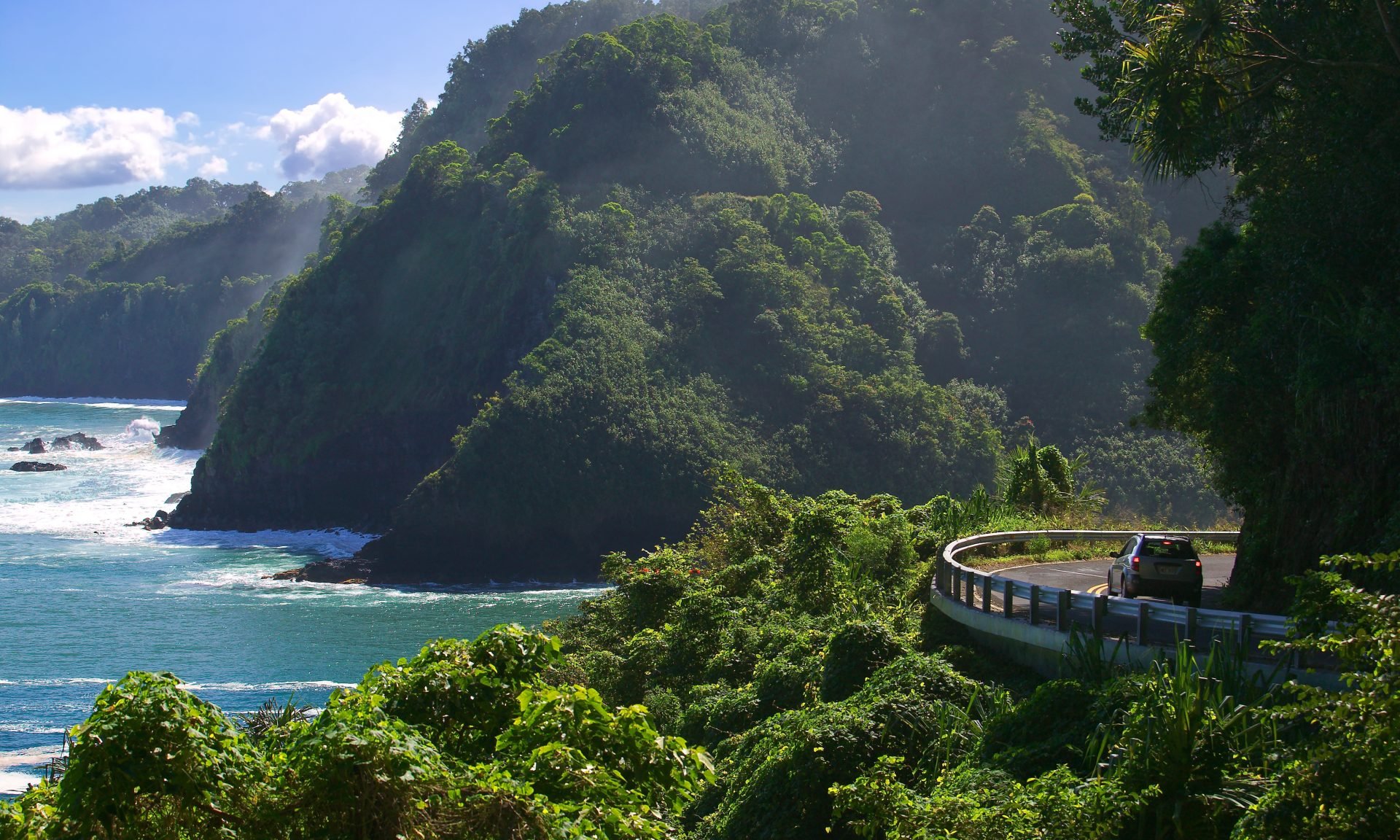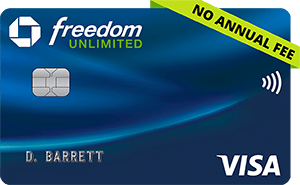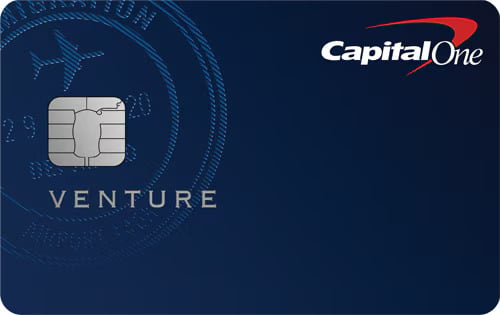Maui vs. Honolulu
For an idyllic and outdoorsy island escape, choose Maui. If you want to sprinkle in city life, Honolulu's the way to go.

Many or all of the products on this page are from partners who compensate us when you click to or take an action on their website, but this does not influence our evaluations or ratings. Our opinions are our own.
Is a trip to Hawaii in your future? Whether you're visiting for the first or fifth time, there's no denying that a vacation to Hawaii is an amazing experience. But if you've looked at all the different islands and are still trying to figure out Honolulu versus Maui and how they compare to each other, we're here to help.
The main difference between Maui and Honolulu is that Honolulu is the capital of Hawaii and offers an urban experience on the island of Oahu. It's home to most of Hawaii's population, so you'll always find plenty to do.
Meanwhile, Maui, nicknamed The Valley Isle, is an island itself. It's well-known for its beachy, laid-back ambiance and the popular Haleakala National Park. The largest settlement in Maui is Kahului, considered the island's commercial and financial hub.
Let's look at the differences between these two destinations, where to stay in each and what to do when visiting.
» Learn more: Save on Hawaii travel even as demand soars
Popularity
Both Hawaiian destinations are very popular with visitors, owing no doubt to their tropical, far-from-home feel.
However, the island of Oahu is the most popular by far. In 2021, Honolulu, Oahu, saw a total of 3.3 million visitors, while neighboring Maui received fewer at 2.3 million.
Despite this, these two destinations are by far the most-visited across the Hawaiian islands, which makes it much easier for guests to find places to stay and things to do.
» Learn more: The best island to visit in Hawaii for the first time
When to visit
It's always a good time to visit Hawaii, but the best time to visit depends on your needs. The high season runs from December to March when some travelers arrive to escape the cold wintery weather, and June to August when families come for summer vacation. This is when the islands are busiest, so you'll compete for activities, restaurant reservations and accommodations.
Consider instead visiting during the shoulder seasons of spring and fall, when the islands are less crowded.
Weather-wise, May to October is the summer season, when the average daytime temperature hovers around 85 degrees. On the other hand, November to April is the winter season and is noticeably cooler than summer, with an average daytime temperature of 78 degrees.
» Learn more: The best times to visit Hawaii by travel style
Where to stay
There's a wide variety of lodging options for Honolulu and Maui, though be aware that accommodations in Hawaii can be very expensive, especially during the high season.
You're spoiled for choice if you intend to stay in a hotel. There are options from major hotel chains such as Marriott, Hilton and Hyatt located in Honolulu and Maui. There are also plenty of vacation rentals from which to choose.
Depending on the type of vacation you're looking to have, you'll want to decide whether to stay city-center or beachside. Oahu has big city vibes in Honolulu and beautiful beaches in nearby Waikiki.
Maui may be more your speed if you envision a more remote — or luxury — experience. It's home to properties such as the Grand Wailea, A Waldorf Astoria Resort and The Ritz-Carlton Maui, Kapalua.
» Learn more: How to island hop in Hawaii
Things to do
You'll never run out of things to do when visiting Hawaii. Honolulu, Maui or elsewhere, these islands are surrounded by the Pacific Ocean, which means there are tons of water activities.
Want to swim, snorkel, dive, parasail, paddleboard, fish, surf or relax on the beach? Both Maui and Oahu provide these activities in spades. Or, if you're looking for something more unique, why not try swimming with dolphins or whale watching?
If surf and sun aren't your things, you may want to veer toward Honolulu for your vacation, as most of Maui's activities are oriented towards the outdoors. Honolulu, meanwhile, has a wealth of cultural sites to visit, including Pearl Harbor and Iolani Palace, home of Hawaii's last reigning monarchs.
» Learn more: Do I need a rental car in Honolulu?
Cost
No conversation about Maui versus Honolulu is complete without considering the cost of the visit to Hawaii. That said, Honolulu, on Oahu, is significantly cheaper than Maui.
How significant? In December 2022, the average nightly rate for a hotel in Oahu was $202. In Maui, the average rate for a hotel was $410.
In fact, Oahu is the cheapest of the Hawaiian islands for lodging, coming in behind both the Big Island and Kauai. Add to this its lower costs for food and transportation, and Oahu becomes a much more affordable option than Maui.
» Learn more: Hawaii tourism is way up — and it's just getting started
Accessibility
Despite their remote location, both Maui and Honolulu are well-connected to the outside world, thanks to the millions of visitors that come through each year.
That said, it's easier to find flights to Honolulu than to Maui. The Daniel K. Inouye International Airport in Honolulu features 26 direct routes to the continental U.S., while the Kahului Airport in Maui has service to 18.
Interestingly, prices for flights to the two airports are relatively similar, with Maui being slightly more expensive; expect to pay from around $250 to $500 for a round-trip ticket from Los Angeles in economy class — though it can get pricier during high season.
» Learn more: Airlines that fly to Hawaii
So, is Honolulu better than Maui?
It depends on your preferences in the battle of Maui versus Honolulu. Hawaii is a stunning location with plenty of fun things to do, no matter which island you visit.
If you're in the market for a beachy, relaxing vacation, you may want to head to Maui. Otherwise, consider Honolulu for its abundance of hotels, things to do and plentiful flight connections to other U.S. cities.
How to maximize your rewards
You want a travel credit card that prioritizes what’s important to you. Here are some of the best travel credit cards of 2026:
- Flexibility, point transfers and a large bonus: Chase Sapphire Preferred® Card
- No annual fee: Wells Fargo Autograph® Card
- Flat-rate travel rewards: Capital One Venture Rewards Credit Card
- Bonus travel rewards and high-end perks: Chase Sapphire Reserve®
- Luxury perks: American Express Platinum Card®
- Business travelers: Ink Business Preferred® Credit Card
Article sources
NerdWallet writers are subject matter authorities who use primary,
trustworthy sources to inform their work, including peer-reviewed
studies, government websites, academic research and interviews with
industry experts. All content is fact-checked for accuracy, timeliness
and relevance. You can learn more about NerdWallet's high
standards for journalism by reading our
editorial guidelines.
Travel Cards from Our Partners
Chase Sapphire Preferred® Card
Rewards rate 1x-5x Points
Intro offer 75,000 Points
Chase Freedom Unlimited®
Rewards rate 1.5%-5% Cashback
Intro offer $300
Capital One Venture Rewards Credit Card
Rewards rate 2x-5x Miles
Intro offer 75,000 Miles
More like this
Related articles










